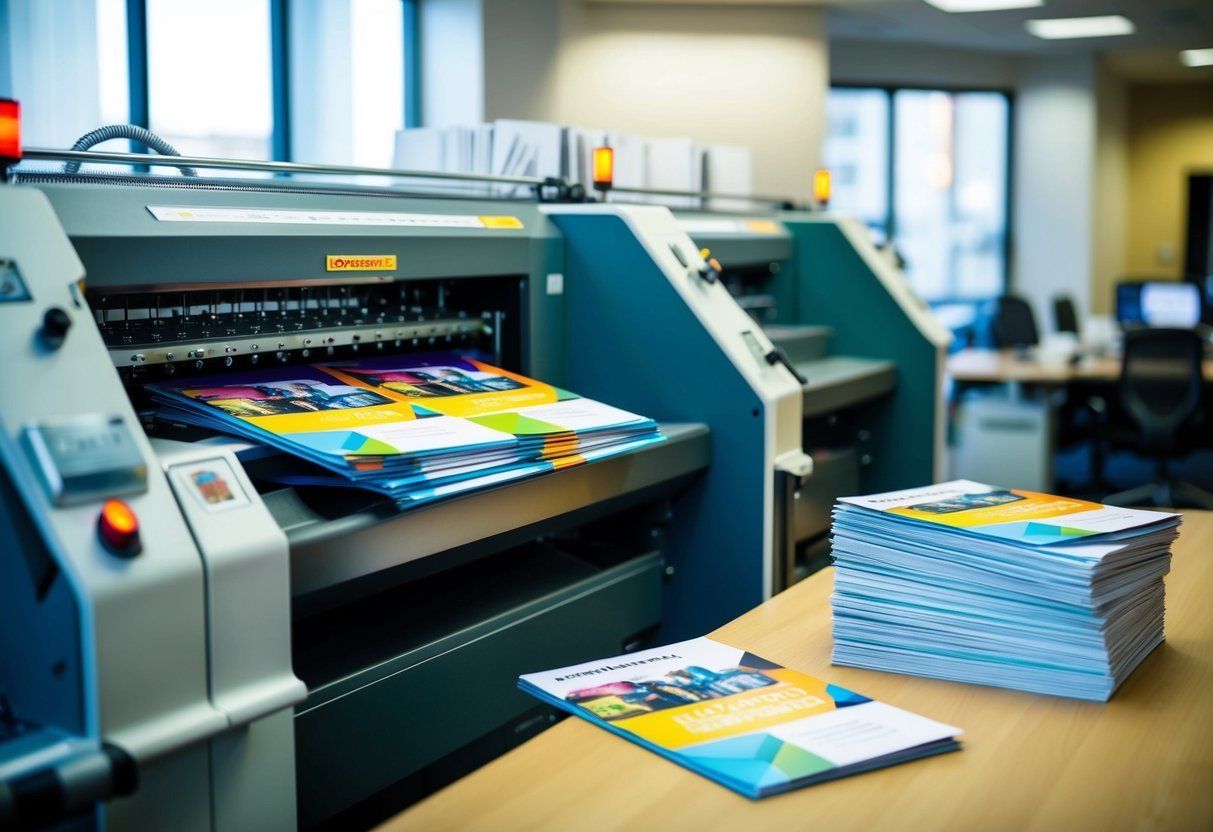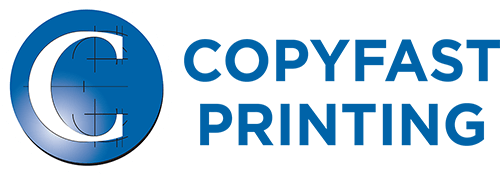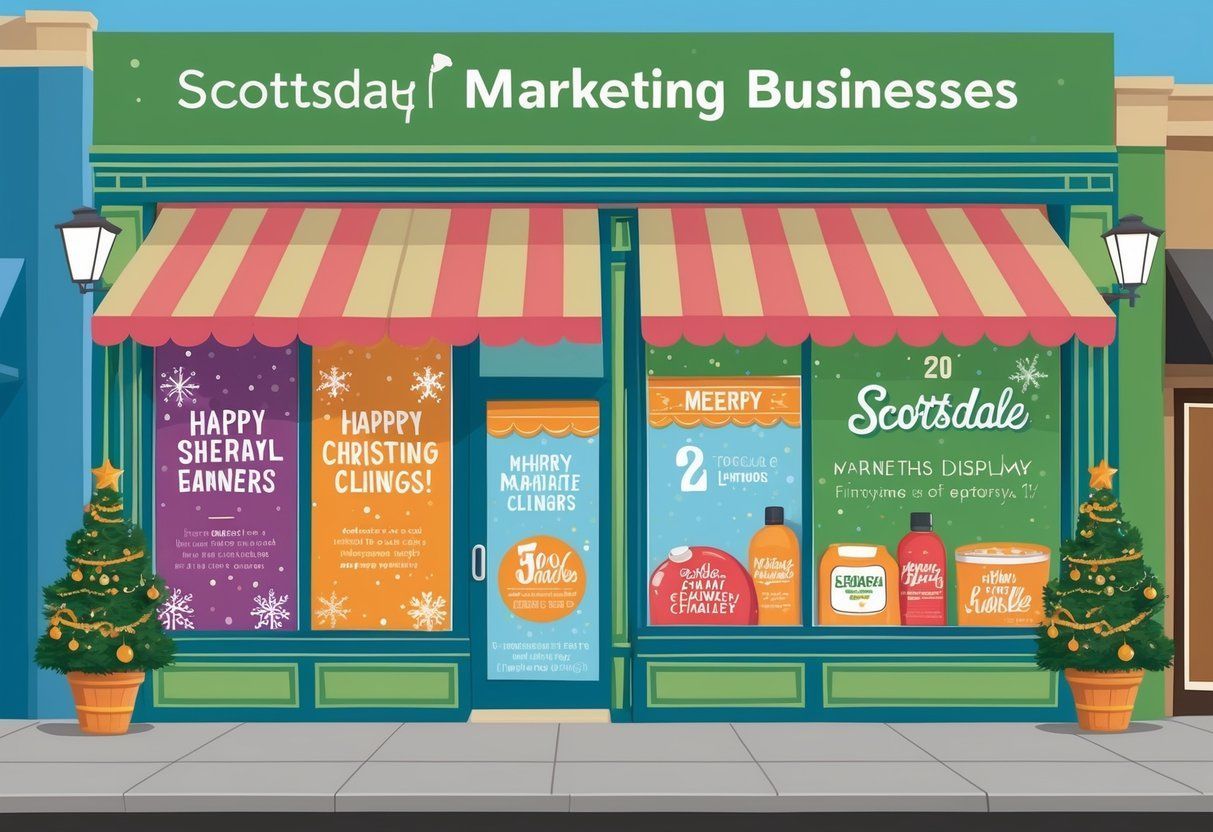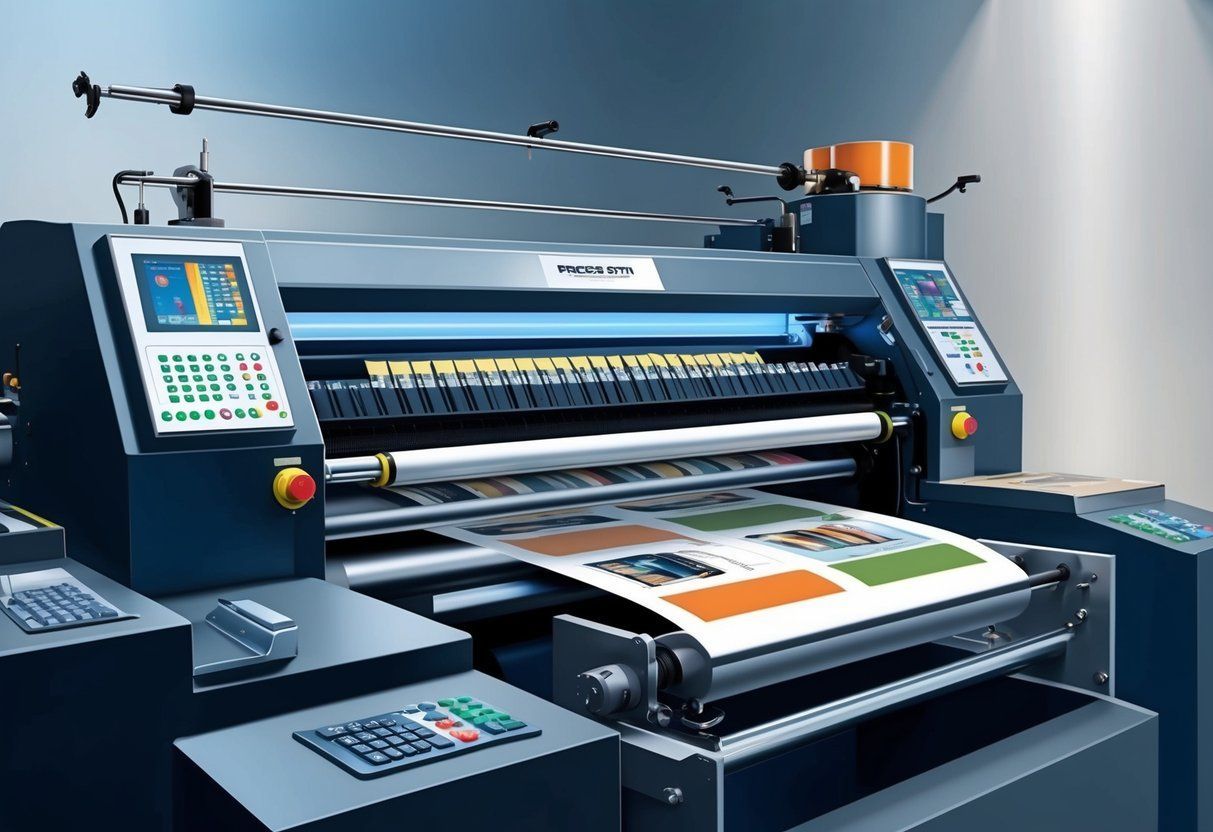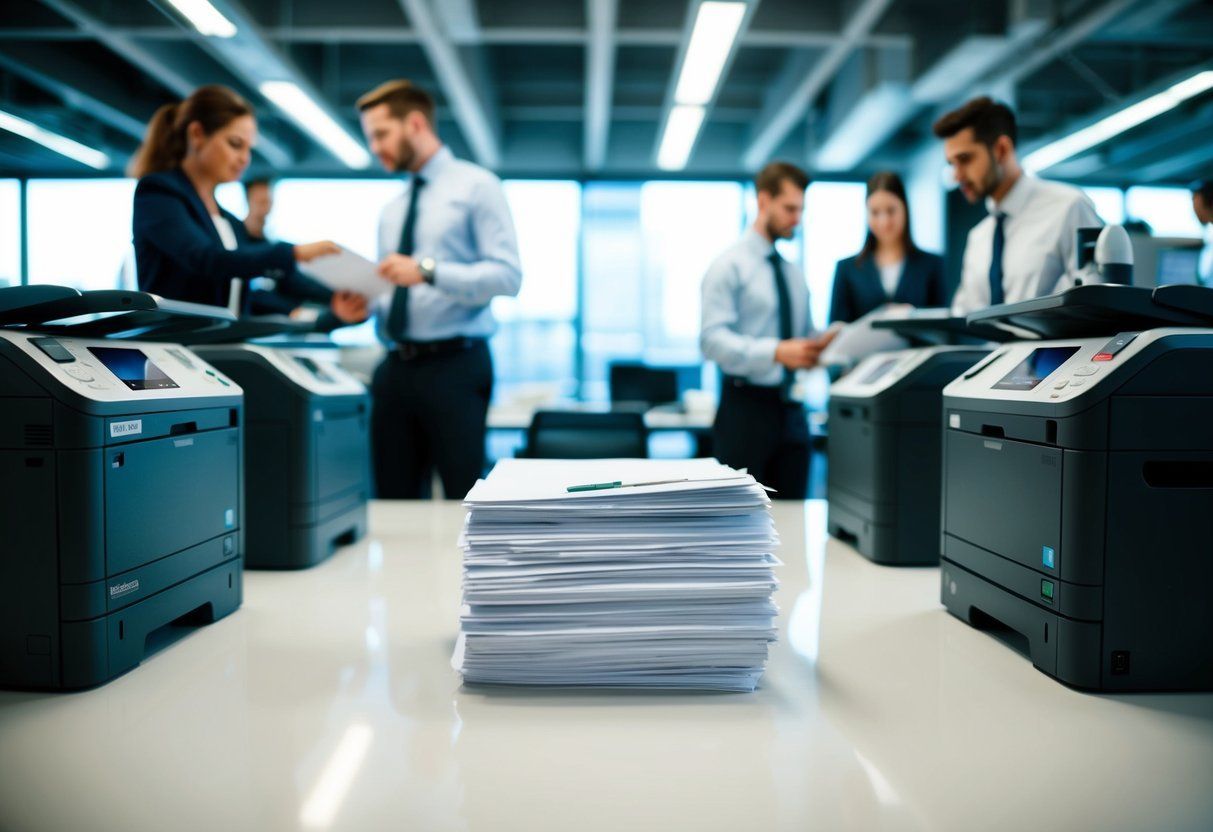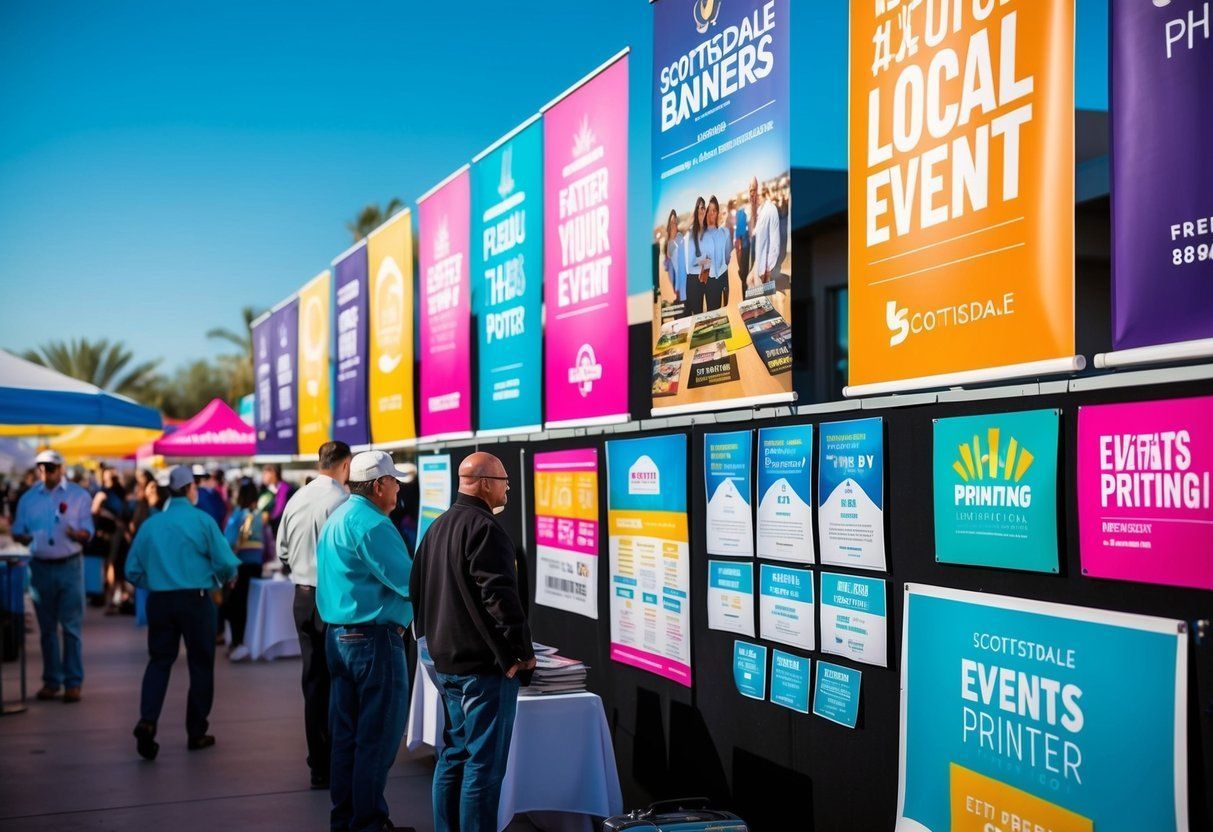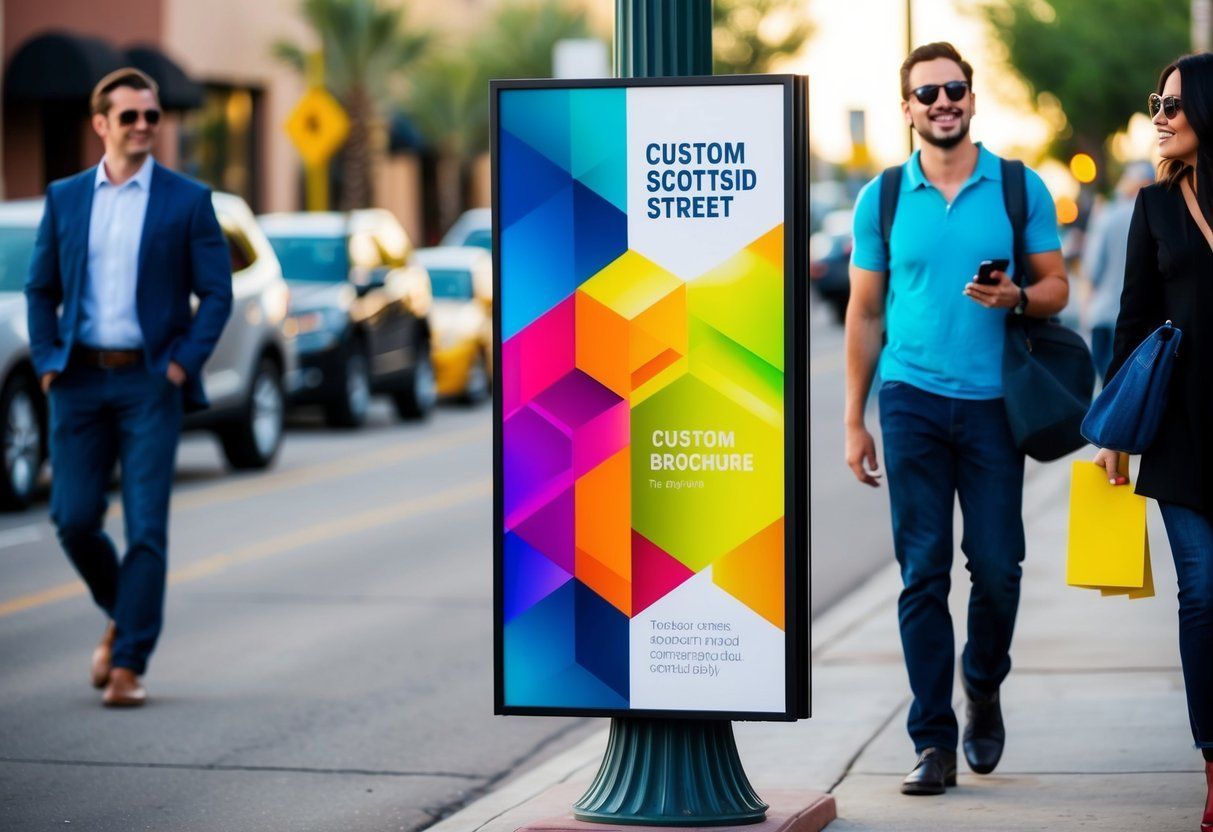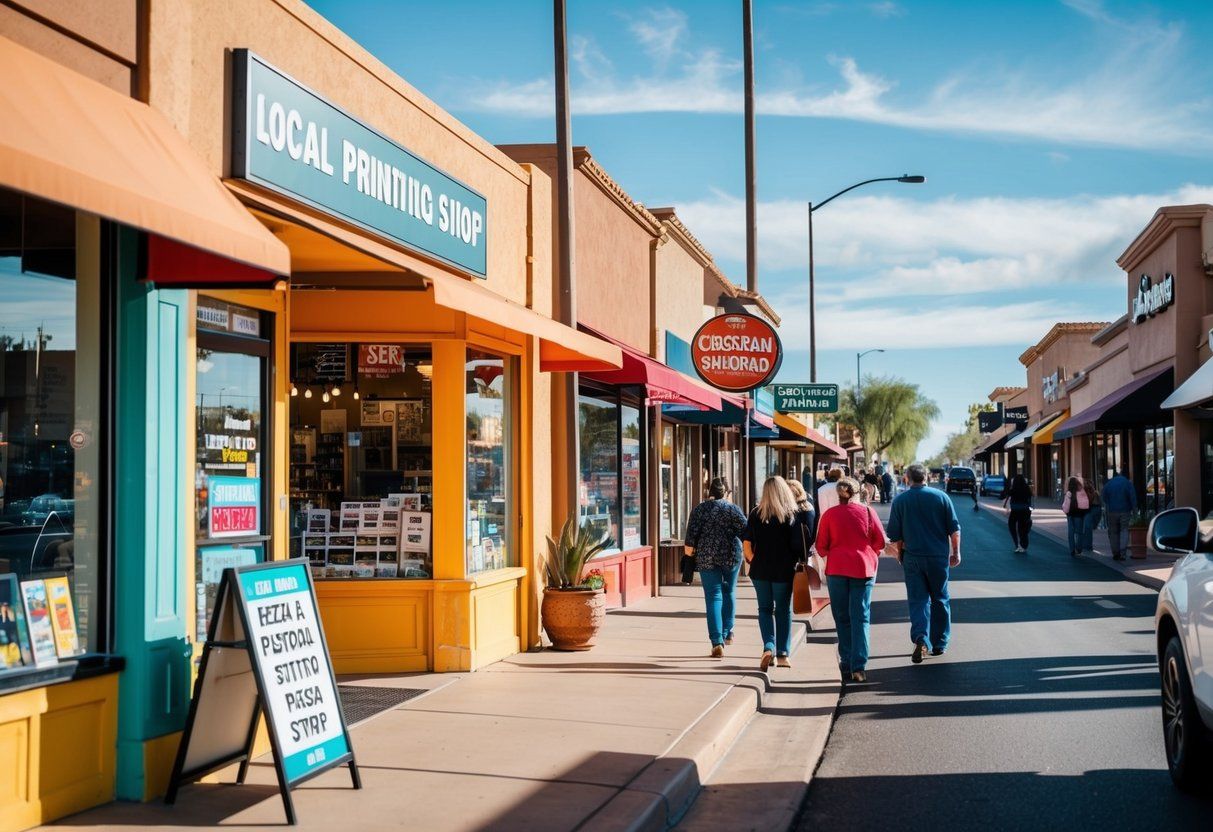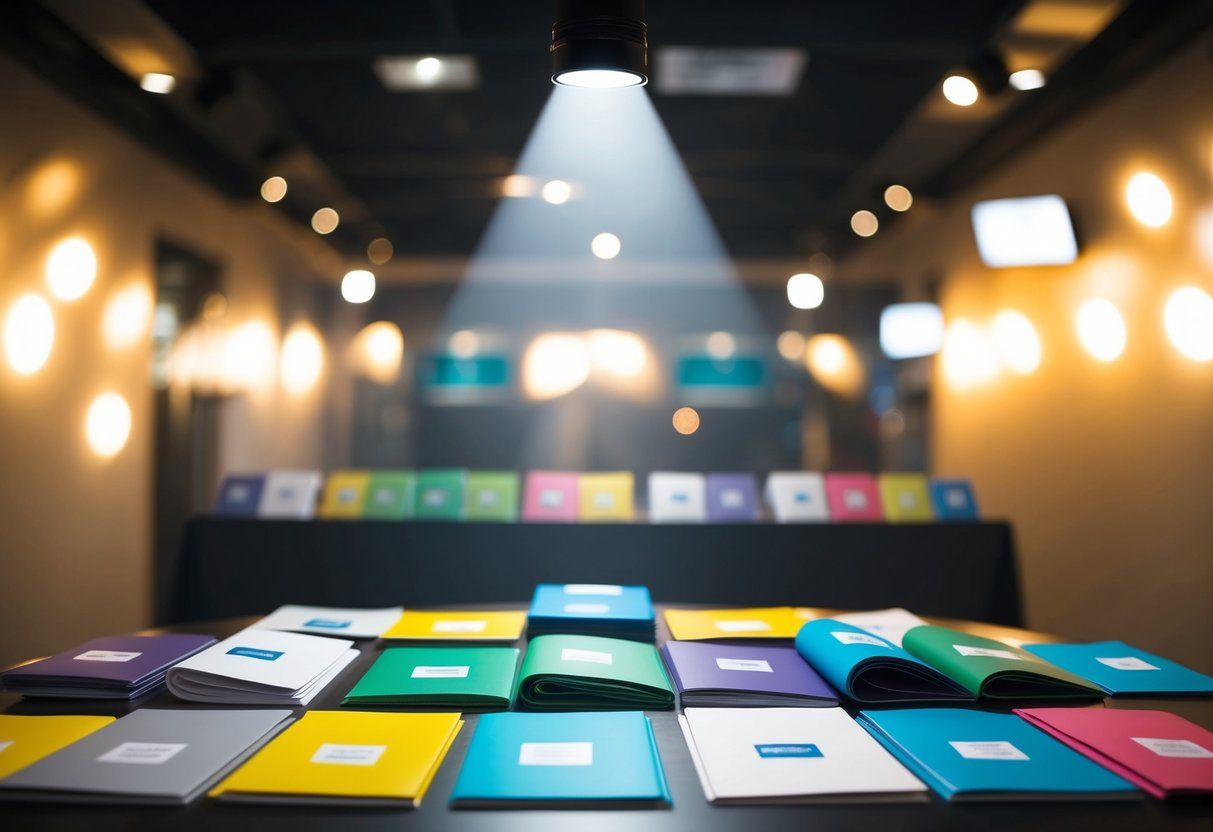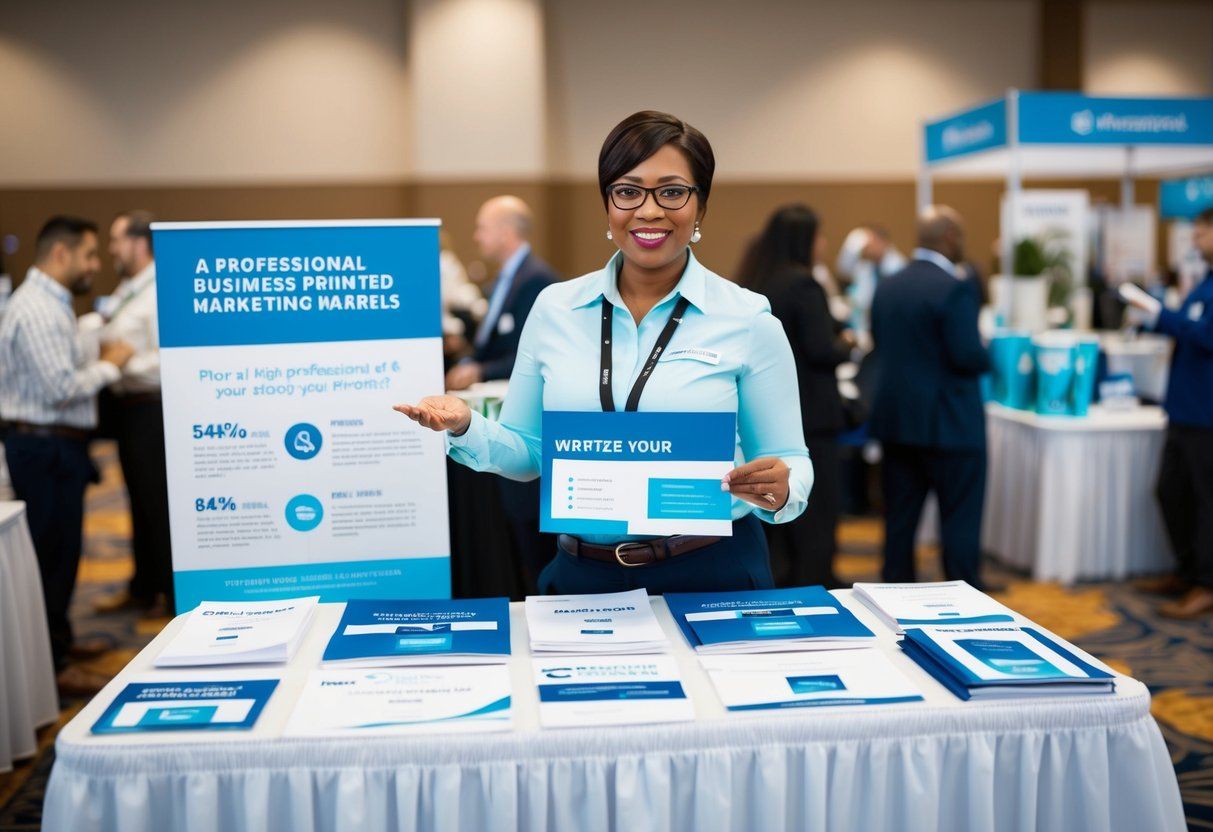Scottsdale Print Shop ) Mesa Print Shop ) Tempe Print Shop ) Phoenix Print Shop ) DC Ranch Print Shop ) Chandler Print Shop ) Peoria Print Shop ) Fountain Hills Print Shop ) Sun City Print Shop ) Glendale Print Shop ) Paradise Valley Print Shop ) Goodyear Print Shop ) Queen Creek Print Shop ) Avondale Print Shop ) Desert Ridge Print Shop ) Apache Junction Print Shop ) North Scottsdale Print Shop ) Pinnacle Peak Print Shop ) Grayawk Print Shop ) Kierland Print Shop ) Windsong Print Shop ) Mcdowell Mountain Ranch Print Shop ) Gainey Ranch Print Shop ) McCormick Ranch Print Shop ) Deer Valley Print Shop ) Arcadia Print Shop ) Troon Print Shop ) Silverleaf Print Shop ) Cave Creek Print Shop ) Old Town Print Shop ) South Scottsdale Print Shop ) Ancala Print Shop ) Central Phoenix Print Shop ) Carefree Print Shop ) Toleson Print Shop ) Ironwood Village Print Shop ) WIndgate Ranch Print Shop ) Northsight Print Shop ) Shea Print Shop ) Tatum Ranch Print Shop ) Casa Grande Print Shop ) Gilbert Print Shop ) Suprise Print Shop ) Buckeye Print Shop ) Scottsdale Banner Printing ) Mesa Banner Printing ) Tempe Banner Printing ) Phoenix Banner Printing ) DC Ranch Banner Printing ) Chandler Banner Printing ) Peoria Banner Printing ) Fountain Hills Banner Printing ) Sun City Banner Printing ) Glendale Banner Printing ) Paradise Valley Banner Printing ) Goodyear Banner Printing ) Queen Creek Banner Printing ) Avondale Banner Printing ) Desert Ridge Banner Printing ) Apache Junction Banner Printing ) North Scottsdale Banner Printing ) Pinnacle Peak Banner Printing ) Grayawk Banner Printing ) Kierland Banner Printing ) Windsong Banner Printing ) Mcdowell Mountain Ranch Banner Printing ) Gainey Ranch Banner Printing ) McCormick Ranch Banner Printing ) Deer Valley Banner Printing ) Arcadia Banner Printing ) Troon Banner Printing ) Silverleaf Banner Printing ) Cave Creek Banner Printing ) Old Town Banner Printing ) South Scottsdale Banner Printing ) Ancala Banner Printing ) Central Phoenix Banner Printing ) Carefree Banner Printing ) Toleson Banner Printing ) Ironwood Village Banner Printing ) WIndgate Ranch Banner Printing ) Northsight Banner Printing ) Shea Banner Printing ) Tatum Ranch Banner Printing ) Casa Grande Banner Printing ) Gilbert Banner Printing ) Suprise Banner Printing ) Buckeye Banner Printing ) Scottsdale Book Binding ) Mesa Book Binding ) Tempe Book Binding ) Phoenix Book Binding ) DC Ranch Book Binding ) Chandler Book Binding ) Peoria Book Binding ) Fountain Hills Book Binding ) Sun City Book Binding ) Glendale Book Binding ) Paradise Valley Book Binding ) Goodyear Book Binding ) Queen Creek Book Binding ) Avondale Book Binding ) Desert Ridge Book Binding ) Apache Junction Book Binding ) North Scottsdale Book Binding ) Pinnacle Peak Book Binding ) Grayawk Book Binding ) Kierland Book Binding ) Windsong Book Binding ) Mcdowell Mountain Ranch Book Binding ) Gainey Ranch Book Binding ) McCormick Ranch Book Binding ) Deer Valley Book Binding ) Arcadia Book Binding ) Troon Book Binding ) Silverleaf Book Binding ) Cave Creek Book Binding ) Old Town Book Binding ) South Scottsdale Book Binding ) Ancala Book Binding ) Central Phoenix Book Binding ) Carefree Book Binding ) Toleson Book Binding ) Ironwood Village Book Binding ) WIndgate Ranch Book Binding ) Northsight Book Binding ) Shea Book Binding ) Tatum Ranch Book Binding ) Casa Grande Book Binding ) Gilbert Book Binding ) Suprise Book Binding ) Buckeye Book Binding ) Scottsdale Booklet Printing ) Mesa Booklet Printing ) Tempe Booklet Printing ) Phoenix Booklet Printing ) DC Ranch Booklet Printing ) Chandler Booklet Printing ) Peoria Booklet Printing ) Fountain Hills Booklet Printing ) Sun City Booklet Printing ) Glendale Booklet Printing ) Paradise Valley Booklet Printing ) Goodyear Booklet Printing ) Queen Creek Booklet Printing ) Avondale Booklet Printing ) Desert Ridge Booklet Printing ) Apache Junction Booklet Printing ) North Scottsdale Booklet Printing ) Pinnacle Peak Booklet Printing ) Grayawk Booklet Printing ) Kierland Booklet Printing ) Windsong Booklet Printing ) Mcdowell Mountain Ranch Booklet Printing ) Gainey Ranch Booklet Printing ) McCormick Ranch Booklet Printing ) Deer Valley Booklet Printing ) Arcadia Booklet Printing ) Troon Booklet Printing ) Silverleaf Booklet Printing ) Cave Creek Booklet Printing ) Old Town Booklet Printing ) South Scottsdale Booklet Printing ) Ancala Booklet Printing ) Central Phoenix Booklet Printing ) Carefree Booklet Printing ) Toleson Booklet Printing ) Ironwood Village Booklet Printing ) WIndgate Ranch Booklet Printing ) Northsight Booklet Printing ) Shea Booklet Printing ) Tatum Ranch Booklet Printing ) Casa Grande Booklet Printing ) Gilbert Booklet Printing ) Suprise Booklet Printing ) Buckeye Booklet Printing ) Scottsdale Brochure Printing ) Mesa Brochure Printing ) Tempe Brochure Printing ) Phoenix Brochure Printing ) DC Ranch Brochure Printing ) Chandler Brochure Printing ) Peoria Brochure Printing ) Fountain Hills Brochure Printing ) Sun City Brochure Printing ) Glendale Brochure Printing ) Paradise Valley Brochure Printing ) Goodyear Brochure Printing ) Queen Creek Brochure Printing ) Avondale Brochure Printing ) Desert Ridge Brochure Printing ) Apache Junction Brochure Printing ) North Scottsdale Brochure Printing ) Pinnacle Peak Brochure Printing ) Grayawk Brochure Printing ) Kierland Brochure Printing ) Windsong Brochure Printing ) Mcdowell Mountain Ranch Brochure Printing ) Gainey Ranch Brochure Printing ) McCormick Ranch Brochure Printing ) Deer Valley Brochure Printing ) Arcadia Brochure Printing ) Troon Brochure Printing ) Silverleaf Brochure Printing ) Cave Creek Brochure Printing ) Old Town Brochure Printing ) South Scottsdale Brochure Printing ) Ancala Brochure Printing ) Central Phoenix Brochure Printing ) Carefree Brochure Printing ) Toleson Brochure Printing ) Ironwood Village Brochure Printing ) WIndgate Ranch Brochure Printing ) Northsight Brochure Printing ) Shea Brochure Printing ) Tatum Ranch Brochure Printing ) Casa Grande Brochure Printing ) Gilbert Brochure Printing ) Suprise Brochure Printing ) Buckeye Brochure Printing ) Scottsdale Business Card Printing ) Mesa Business Card Printing ) Tempe Business Card Printing ) Phoenix Business Card Printing ) DC Ranch Business Card Printing ) Chandler Business Card Printing ) Peoria Business Card Printing ) Fountain Hills Business Card Printing ) Sun City Business Card Printing ) Glendale Business Card Printing ) Paradise Valley Business Card Printing ) Goodyear Business Card Printing ) Queen Creek Business Card Printing ) Avondale Business Card Printing ) Desert Ridge Business Card Printing ) Apache Junction Business Card Printing ) North Scottsdale Business Card Printing ) Pinnacle Peak Business Card Printing ) Grayawk Business Card Printing ) Kierland Business Card Printing ) Windsong Business Card Printing ) Mcdowell Mountain Ranch Business Card Printing ) Gainey Ranch Business Card Printing ) McCormick Ranch Business Card Printing ) Deer Valley Business Card Printing ) Arcadia Business Card Printing ) Troon Business Card Printing ) Silverleaf Business Card Printing ) Cave Creek Business Card Printing ) Old Town Business Card Printing ) South Scottsdale Business Card Printing ) Ancala Business Card Printing ) Central Phoenix Business Card Printing ) Carefree Business Card Printing ) Toleson Business Card Printing ) Ironwood Village Business Card Printing ) WIndgate Ranch Business Card Printing ) Northsight Business Card Printing ) Shea Business Card Printing ) Tatum Ranch Business Card Printing ) Casa Grande Business Card Printing ) Gilbert Business Card Printing ) Suprise Business Card Printing ) Buckeye Business Card Printing ) Scottsdale Catalog Printing ) Mesa Catalog Printing ) Tempe Catalog Printing ) Phoenix Catalog Printing ) DC Ranch Catalog Printing ) Chandler Catalog Printing ) Peoria Catalog Printing ) Fountain Hills Catalog Printing ) Sun City Catalog Printing ) Glendale Catalog Printing ) Paradise Valley Catalog Printing ) Goodyear Catalog Printing ) Queen Creek Catalog Printing ) Avondale Catalog Printing ) Desert Ridge Catalog Printing ) Apache Junction Catalog Printing ) North Scottsdale Catalog Printing ) Pinnacle Peak Catalog Printing ) Grayawk Catalog Printing ) Kierland Catalog Printing ) Windsong Catalog Printing ) Mcdowell Mountain Ranch Catalog Printing ) Gainey Ranch Catalog Printing ) McCormick Ranch Catalog Printing ) Deer Valley Catalog Printing ) Arcadia Catalog Printing ) Troon Catalog Printing ) Silverleaf Catalog Printing ) Cave Creek Catalog Printing ) Old Town Catalog Printing ) South Scottsdale Catalog Printing ) Ancala Catalog Printing ) Central Phoenix Catalog Printing ) Carefree Catalog Printing ) Toleson Catalog Printing ) Ironwood Village Catalog Printing ) WIndgate Ranch Catalog Printing ) Northsight Catalog Printing ) Shea Catalog Printing ) Tatum Ranch Catalog Printing ) Casa Grande Catalog Printing ) Gilbert Catalog Printing ) Suprise Catalog Printing ) Buckeye Catalog Printing ) Scottsdale Commercial Printing ) Mesa Commercial Printing ) Tempe Commercial Printing ) Phoenix Commercial Printing ) DC Ranch Commercial Printing ) Chandler Commercial Printing ) Peoria Commercial Printing ) Fountain Hills Commercial Printing ) Sun City Commercial Printing ) Glendale Commercial Printing ) Paradise Valley Commercial Printing ) Goodyear Commercial Printing ) Queen Creek Commercial Printing ) Avondale Commercial Printing ) Desert Ridge Commercial Printing ) Apache Junction Commercial Printing ) North Scottsdale Commercial Printing ) Pinnacle Peak Commercial Printing ) Grayawk Commercial Printing ) Kierland Commercial Printing ) Windsong Commercial Printing ) Mcdowell Mountain Ranch Commercial Printing ) Gainey Ranch Commercial Printing ) McCormick Ranch Commercial Printing ) Deer Valley Commercial Printing ) Arcadia Commercial Printing ) Troon Commercial Printing ) Silverleaf Commercial Printing ) Cave Creek Commercial Printing ) Old Town Commercial Printing ) South Scottsdale Commercial Printing ) Ancala Commercial Printing ) Central Phoenix Commercial Printing ) Carefree Commercial Printing ) Toleson Commercial Printing ) Ironwood Village Commercial Printing ) WIndgate Ranch Commercial Printing ) Northsight Commercial Printing ) Shea Commercial Printing ) Tatum Ranch Commercial Printing ) Casa Grande Commercial Printing ) Gilbert Commercial Printing ) Suprise Commercial Printing ) Buckeye Commercial Printing ) Scottsdale Coroplast Signs ) Mesa Coroplast Signs ) Tempe Coroplast Signs ) Phoenix Coroplast Signs ) Scottsdale Digital Printing ) Mesa Digital Printing ) Tempe Digital Printing ) Phoenix Digital Printing ) DC Ranch Digital Printing ) Chandler Digital Printing ) Peoria Digital Printing ) Fountain Hills Digital Printing ) Sun City Digital Printing ) Glendale Digital Printing ) Paradise Valley Digital Printing ) Goodyear Digital Printing ) Queen Creek Digital Printing ) Avondale Digital Printing ) Desert Ridge Digital Printing ) Apache Junction Digital Printing ) North Scottsdale Digital Printing ) Pinnacle Peak Digital Printing ) Grayawk Digital Printing ) Kierland Digital Printing ) Windsong Digital Printing ) Mcdowell Mountain Ranch Digital Printing ) Gainey Ranch Digital Printing ) McCormick Ranch Digital Printing ) Deer Valley Digital Printing ) Arcadia Digital Printing ) Troon Digital Printing ) Silverleaf Digital Printing ) Cave Creek Digital Printing ) Old Town Digital Printing ) South Scottsdale Digital Printing ) Ancala Digital Printing ) Central Phoenix Digital Printing ) Carefree Digital Printing ) Toleson Digital Printing ) Ironwood Village Digital Printing ) WIndgate Ranch Digital Printing ) Northsight Digital Printing ) Shea Digital Printing ) Tatum Ranch Digital Printing ) Casa Grande Digital Printing ) Gilbert Digital Printing ) Suprise Digital Printing ) Buckeye Digital Printing ) Scottsdale Direct Mailing Services ) Mesa Direct Mailing Services ) Tempe Direct Mailing Services ) Phoenix Direct Mailing Services ) DC Ranch Direct Mailing Services ) Chandler Direct Mailing Services ) Peoria Direct Mailing Services ) Fountain Hills Direct Mailing Services ) Sun City Direct Mailing Services ) Glendale Direct Mailing Services ) Paradise Valley Direct Mailing Services ) Goodyear Direct Mailing Services ) Queen Creek Direct Mailing Services ) Avondale Direct Mailing Services ) Desert Ridge Direct Mailing Services ) Apache Junction Direct Mailing Services ) North Scottsdale Direct Mailing Services ) Pinnacle Peak Direct Mailing Services ) Grayawk Direct Mailing Services ) Kierland Direct Mailing Services ) Windsong Direct Mailing Services ) Mcdowell Mountain Ranch Direct Mailing Services ) Gainey Ranch Direct Mailing Services ) McCormick Ranch Direct Mailing Services ) Deer Valley Direct Mailing Services ) Arcadia Direct Mailing Services ) Troon Direct Mailing Services ) Silverleaf Direct Mailing Services ) Cave Creek Direct Mailing Services ) Old Town Direct Mailing Services ) South Scottsdale Direct Mailing Services ) Ancala Direct Mailing Services ) Central Phoenix Direct Mailing Services ) Carefree Direct Mailing Services ) Toleson Direct Mailing Services ) Ironwood Village Direct Mailing Services ) WIndgate Ranch Direct Mailing Services ) Northsight Direct Mailing Services ) Shea Direct Mailing Services ) Tatum Ranch Direct Mailing Services ) Casa Grande Direct Mailing Services ) Gilbert Direct Mailing Services ) Suprise Direct Mailing Services ) Buckeye Direct Mailing Services ) Scottsdale Flyer Printing ) Mesa Flyer Printing ) Tempe Flyer Printing ) Phoenix Flyer Printing ) DC Ranch Flyer Printing ) Chandler Flyer Printing ) Peoria Flyer Printing ) Fountain Hills Flyer Printing ) Sun City Flyer Printing ) Glendale Flyer Printing ) Paradise Valley Flyer Printing ) Goodyear Flyer Printing ) Queen Creek Flyer Printing ) Avondale Flyer Printing ) Desert Ridge Flyer Printing ) Apache Junction Flyer Printing ) North Scottsdale Flyer Printing ) Pinnacle Peak Flyer Printing ) Grayawk Flyer Printing ) Kierland Flyer Printing ) Windsong Flyer Printing ) Mcdowell Mountain Ranch Flyer Printing ) Gainey Ranch Flyer Printing ) McCormick Ranch Flyer Printing ) Deer Valley Flyer Printing ) Arcadia Flyer Printing ) Troon Flyer Printing ) Silverleaf Flyer Printing ) Cave Creek Flyer Printing ) Old Town Flyer Printing ) South Scottsdale Flyer Printing ) Ancala Flyer Printing ) Central Phoenix Flyer Printing ) Carefree Flyer Printing ) Toleson Flyer Printing ) Ironwood Village Flyer Printing ) WIndgate Ranch Flyer Printing ) Northsight Flyer Printing ) Shea Flyer Printing ) Tatum Ranch Flyer Printing ) Casa Grande Flyer Printing ) Gilbert Flyer Printing ) Suprise Flyer Printing ) Buckeye Flyer Printing ) Scottsdale Graphic Design ) Mesa Graphic Design ) Tempe Graphic Design ) Phoenix Graphic Design ) DC Ranch Graphic Design ) Chandler Graphic Design ) Peoria Graphic Design ) Fountain Hills Graphic Design ) Sun City Graphic Design ) Glendale Graphic Design ) Paradise Valley Graphic Design ) Goodyear Graphic Design ) Queen Creek Graphic Design ) Avondale Graphic Design ) Desert Ridge Graphic Design ) Apache Junction Graphic Design ) North Scottsdale Graphic Design ) Pinnacle Peak Graphic Design ) Grayawk Graphic Design ) Kierland Graphic Design ) Windsong Graphic Design ) Mcdowell Mountain Ranch Graphic Design ) Gainey Ranch Graphic Design ) McCormick Ranch Graphic Design ) Deer Valley Graphic Design ) Arcadia Graphic Design ) Troon Graphic Design ) Silverleaf Graphic Design ) Cave Creek Graphic Design ) Old Town Graphic Design ) South Scottsdale Graphic Design ) Ancala Graphic Design ) Central Phoenix Graphic Design ) Carefree Graphic Design ) Toleson Graphic Design ) Ironwood Village Graphic Design ) WIndgate Ranch Graphic Design ) Northsight Graphic Design ) Shea Graphic Design ) Tatum Ranch Graphic Design ) Casa Grande Graphic Design ) Gilbert Graphic Design ) Suprise Graphic Design ) Buckeye Graphic Design ) Scottsdale Large Format Printing ) Mesa Large Format Printing ) Tempe Large Format Printing ) Phoenix Large Format Printing ) DC Ranch Large Format Printing ) Chandler Large Format Printing ) Peoria Large Format Printing ) Fountain Hills Large Format Printing ) Sun City Large Format Printing ) Glendale Large Format Printing ) Paradise Valley Large Format Printing ) Goodyear Large Format Printing ) Peoria Postcard Printing ) Fountain Hills Postcard Printing ) Sun City Postcard Printing ) Glendale Postcard Printing ) Paradise Valley Postcard Printing ) Goodyear Postcard Printing ) Queen Creek Postcard Printing ) Avondale Postcard Printing ) Desert Ridge Postcard Printing ) Apache Junction Postcard Printing ) North Scottsdale Postcard Printing ) Pinnacle Peak Postcard Printing ) Grayawk Postcard Printing ) Kierland Postcard Printing ) Windsong Postcard Printing ) Mcdowell Mountain Ranch Postcard Printing ) Gainey Ranch Postcard Printing ) McCormick Ranch Postcard Printing ) Deer Valley Postcard Printing ) Arcadia Postcard Printing ) Troon Postcard Printing ) Silverleaf Postcard Printing ) Cave Creek Postcard Printing ) Old Town Postcard Printing ) South Scottsdale Postcard Printing ) Ancala Postcard Printing ) Central Phoenix Postcard Printing ) Carefree Postcard Printing ) Toleson Postcard Printing ) Ironwood Village Postcard Printing ) WIndgate Ranch Postcard Printing ) Northsight Postcard Printing ) Shea Postcard Printing ) Tatum Ranch Postcard Printing ) Casa Grande Postcard Printing ) Gilbert Postcard Printing ) Suprise Postcard Printing ) Buckeye Postcard Printing ) Scottsdale Poster Printing ) Mesa Poster Printing ) Tempe Poster Printing ) Phoenix Poster Printing ) DC Ranch Poster Printing ) Chandler Poster Printing ) Peoria Poster Printing ) Fountain Hills Poster Printing ) Sun City Poster Printing ) Glendale Poster Printing ) Paradise Valley Poster Printing ) Goodyear Poster Printing ) Queen Creek Poster Printing ) Avondale Poster Printing ) Desert Ridge Poster Printing ) Apache Junction Poster Printing ) North Scottsdale Poster Printing ) Pinnacle Peak Poster Printing ) Grayawk Poster Printing ) Kierland Poster Printing ) Windsong Poster Printing ) Mcdowell Mountain Ranch Poster Printing ) Gainey Ranch Poster Printing ) McCormick Ranch Poster Printing ) Deer Valley Poster Printing ) Arcadia Poster Printing ) Troon Poster Printing ) Silverleaf Poster Printing ) Cave Creek Poster Printing ) Old Town Poster Printing ) South Scottsdale Poster Printing ) Ancala Poster Printing ) Central Phoenix Poster Printing ) Carefree Poster Printing ) Toleson Poster Printing ) Ironwood Village Poster Printing ) WIndgate Ranch Poster Printing ) Northsight Poster Printing ) Shea Poster Printing ) Tatum Ranch Poster Printing ) Casa Grande Poster Printing ) Gilbert Poster Printing ) Suprise Poster Printing ) Buckeye Poster Printing ) Scottsdale Promotional Items Printing )
Overview of Banner Printing Options: A Complete Guide for Choosing the Right Solution
Choosing the right banner printing option is crucial for effective promotion and marketing. Different types of banners serve various purposes, from advertising events to highlighting products. Understanding the available choices can help businesses decide which banners will meet their needs.
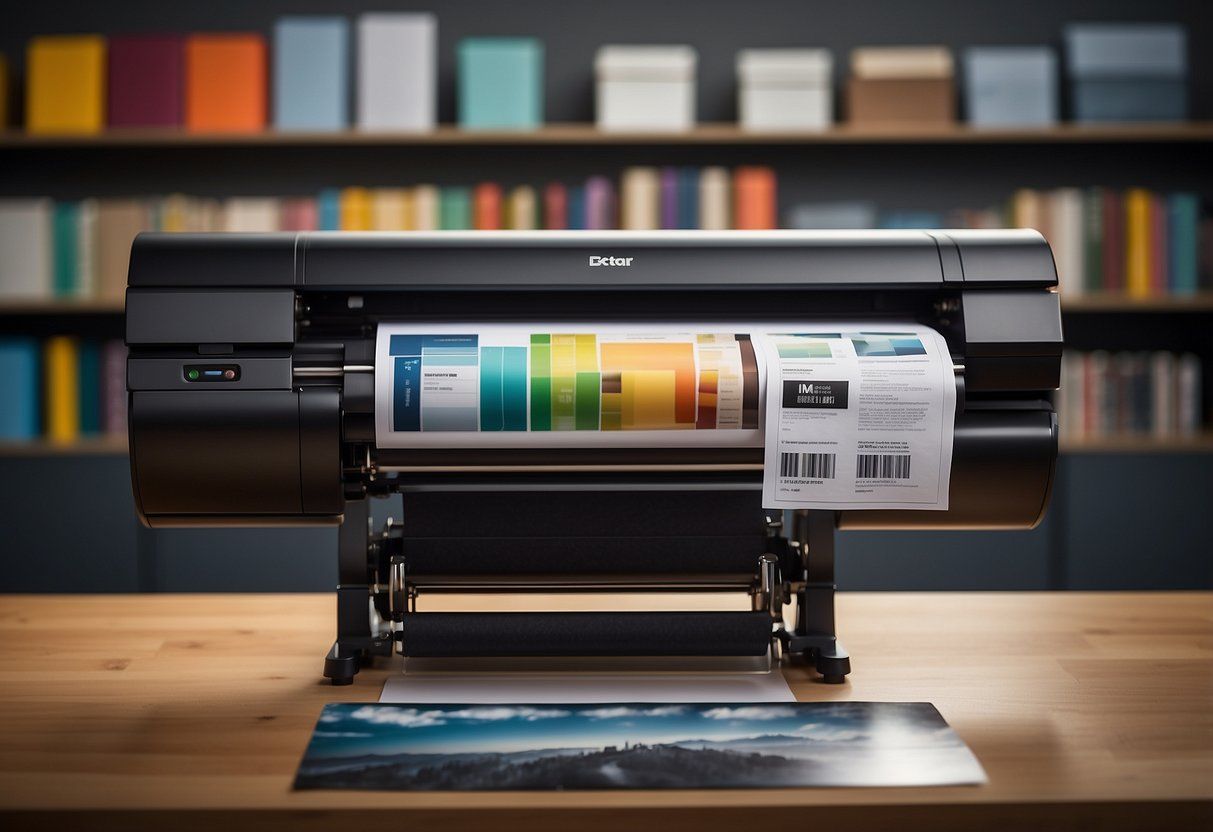
There are various banner types, including vinyl, fabric, and mesh, each with unique qualities and uses. Factors like size, design, and durability are important to consider, as they can affect the overall impact. A well-crafted banner can enhance brand visibility and communicate messages clearly.
Selecting a reliable printing service also plays a key role in achieving high-quality results. Exploring customization options can make a banner more engaging and tailored for specific audiences. Knowing these details ensures that businesses invest wisely in their advertising efforts.
Key Takeaways
- Different banner types fit various marketing needs.
- Quality and design impact banner effectiveness.
- Choosing the right printing service is essential for success.
Types of Banners
Banners come in various materials, each with unique features and purposes. Understanding the differences helps in choosing the right type for a specific need. Here are some common types of banners used for advertising and events.
Fabric Banners
Fabric banners are well-known for their smooth texture and vibrant colors. They are often made from polyester or other synthetic materials that allow for high-quality printing.
These banners are lightweight and easy to transport. They work well for indoor events like trade shows or conferences. Fabric banners can be machine washed, making them reusable and easy to maintain.
While they are generally more expensive than other types, their durability and professional look make them worth the investment. It’s essential to use proper hardware for hanging, as they can get wrinkles if not displayed correctly.
Vinyl Banners
Vinyl banners are among the most popular choices for outdoor advertising. Made from sturdy PVC material, they are resistant to water and fading. This durability makes them ideal for long-term use.
These banners are available in various thicknesses, which affects their price. Thicker banners tend to be more durable but may also be costlier. Vinyl banners can be printed in large sizes, making them excellent for storefronts or events.
They are easy to clean, which helps maintain their appearance. To hang vinyl banners, grommets or pole pockets can be used for added convenience.
Mesh Banners
Mesh banners are similar to vinyl but have small holes that allow wind to pass through. This feature makes them a smart choice for outdoor settings where wind is a concern. The mesh design helps prevent damage from strong winds.
They still offer clear printing, ensuring that messages remain visible. This type of banner is commonly used for construction sites or outdoor events.
While mesh banners are generally not as vibrant as solid vinyl, they provide a good balance between visibility and durability. They are also lightweight, making them easy to handle and install.
Canvas Banners
Canvas banners are made from heavy-duty cotton or polyester fabric. They have a textured look that gives a classic feel, suitable for art displays or upscale events.
These banners are strong and can withstand wear and tear. They can be printed with high-quality images, maintaining color vibrancy.
Canvas is often used for indoor settings like galleries or exhibitions. It can be more expensive to produce, but the elegant finish makes them highly desirable for special occasions.
Proper care is necessary to avoid wrinkles. Using a frame or stretcher can enhance the presentation and make hanging easier.
Paper Banners
Paper banners are a cost-effective option often used for short-term events. Made from lightweight paper, they are easy to print and can be produced quickly.
These banners are ideal for temporary promotions, birthdays, or community events. They can be printed in various sizes and colors, providing flexibility in design.
However, paper is less durable than other materials, making it unsuitable for outdoor use. Exposure to moisture can lead to damage. Paper banners are typically designed for single-use but can be a practical solution for budget-conscious buyers.
Design Considerations for Banner Printing
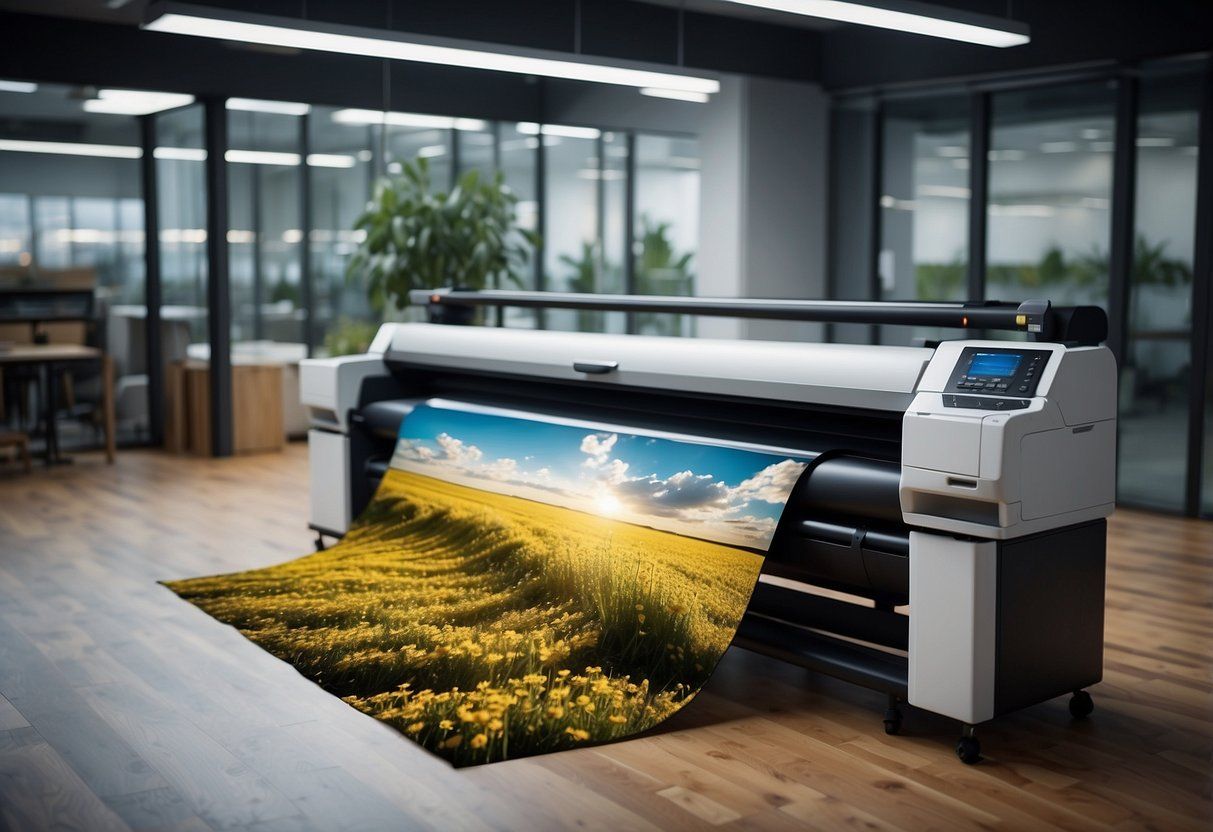
When creating banners , specific design elements are crucial for grabbing attention and conveying messages effectively. Key factors include visual impact, color choices , text readability, and the use of high-quality graphics.
Visual Impact and Color
The right colors can significantly enhance a banner’s visual impact. Bright, vibrant colors attract attention and can evoke emotions. When choosing colors, consider the brand’s identity and the message. Contrast is vital; dark text on a light background or vice versa ensures readability.
Colors should also be consistent across the entire banner. Using a limited palette can create a cohesive look. A graphic designer often utilizes tools like color wheels to find complementary colors. This attention to detail makes banners more eye-catching and memorable.
Text and Readability
Text plays a critical role in how well a message is received. The font type should be clear and easy to read from a distance. Sans-serif fonts are often preferred for banners due to their simplicity.
Font size is equally important. Typically, larger text stands out and can be read from farther away. Using a hierarchy in text size helps guide viewers through the information. For example, the main message can be largest, with supporting details in smaller fonts.
Lastly, spacing matters. Adequate space between letters and lines improves readability. Users should not struggle to decipher the message. Keeping it simple and direct can improve viewer engagement.
Graphics and Images
High-quality graphics and images can elevate a banner’s appeal. They should be relevant and enhance the message rather than distract from it. Using images that relate to the product or service helps viewers connect emotionally.
Resolution is crucial; images must be sharp and clear to avoid pixelation when printed. A graphic designer may recommend vector images for scalability without losing quality.
Layout also affects how graphics appear. They should complement the text and not overcrowd the design. Placing images strategically can create balance and enhance visual flow, making it easier for viewers to absorb the information quickly.
Banner Printing Methods
There are several effective methods for printing banners, each offering unique benefits. Understanding these methods helps choose the right option for specific needs.
Digital Printing
Digital printing is a popular method for creating banners. It uses electronic files to print directly onto banner materials. This process allows for high-quality prints with vibrant colors and fine details.
One advantage is speed. Digital printing can produce banners quickly, making it suitable for urgent projects.
It is also versatile, as it can print on various materials like vinyl, fabric , and paper. This method is effective for both small and large format printing. Cost is also a factor; it is economical for small runs but might be pricier for larger quantities.
Inkjet Printing
Inkjet printing is another effective option for banner production. This method uses tiny nozzles to spray ink onto the banner surface.
It allows for detailed images and smooth color gradients. This is especially valuable for banners with photographs or intricate designs.
Inkjet printing can handle various materials, including canvas and vinyl, making it versatile.
Quality can vary based on the printer and ink type used. Some inkjet printers use eco-friendly inks, which can be safer for the environment. Print speed is moderate, so while it might take longer than digital printing, it is still a reliable choice.
Dye-Sublimation Printing
Dye-sublimation printing is known for its high-quality results. This process uses heat to transfer dye onto materials, typically fabric.
The vibrant colors and softer finish make it a popular choice for indoor banners.
Dye-sublimation is also durable; the colors are less likely to fade, making it suitable for long-term use.
This method works best on polyester fabrics, which helps create a seamless look.
It is important to note that dye-sublimation can be more expensive than other methods because of the materials and technology involved. Still, its quality often justifies the cost, especially for professional applications.
Banner Features and Customization
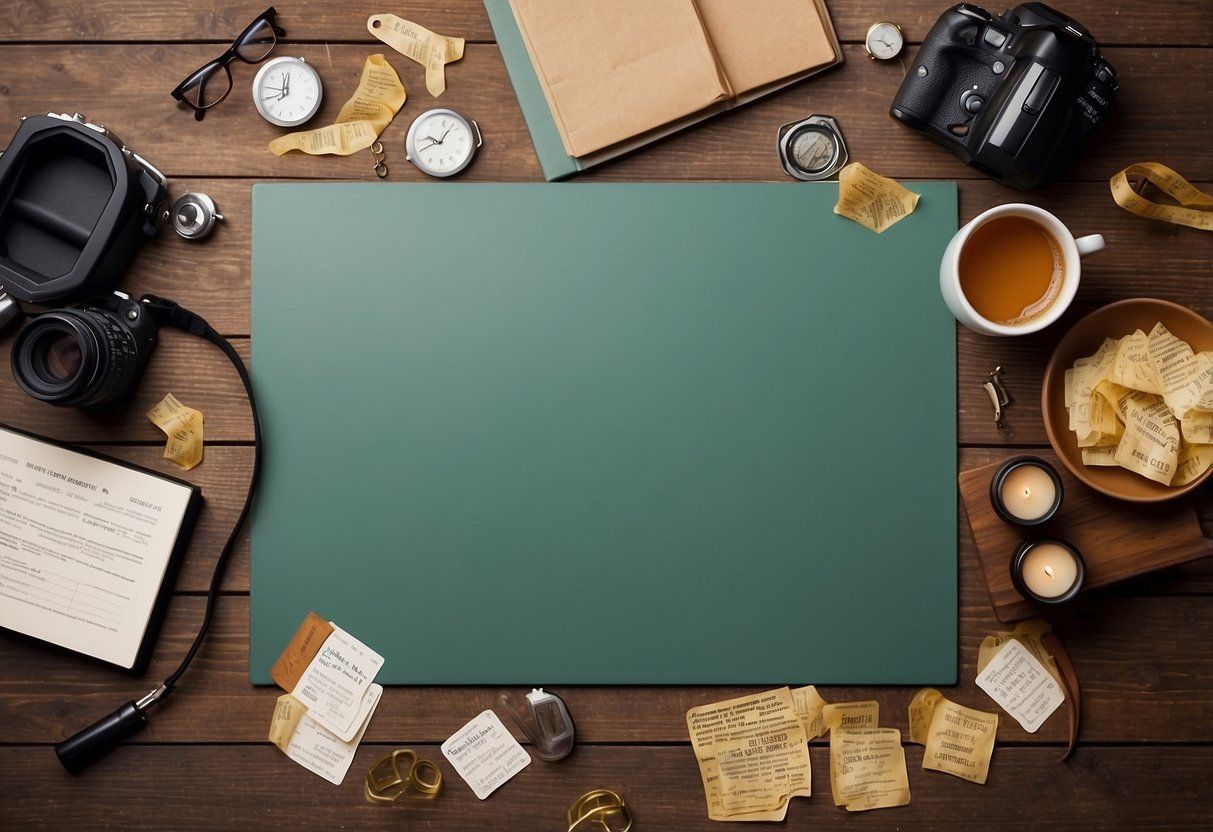
Banners can be customized in various ways to fit specific needs. Key features include grommets and pole pockets for easy mounting. Options like retractable and double-sided banners offer flexibility in display.
Grommets and Pole Pockets
Grommets are valuable for hanging banners securely. These small metal rings reinforce holes at the edges of a banner, preventing tearing. They allow for easy attachment to walls, fences, or stands.
Pole pockets are another option for display. These are fabric sleeves sewn into the top or bottom of the banner. Users can insert poles for support, creating a stable structure. This method is ideal for trade shows or events where banners need to stand upright.
Retractable and Roll-Up Banners
Retractable banners are convenient for transport. They come with a built-in stand that easily pulls up the banner. This setup allows for quick assembly and disassembly, making them perfect for events.
Roll-up banners are similar but often larger. They provide a more prominent display while still being portable. Both types can include custom graphics and text to promote brands effectively.
Double-Sided Banners
Double-sided banners offer visibility from both directions. This feature is useful for areas with foot traffic on multiple sides.
They can be printed with different designs on each side, maximizing advertising potential. Businesses often use double-sided banners at trade shows or outdoor events to capture more attention from passersby. They can be hung or mounted for versatile display options.
Durability and Usage
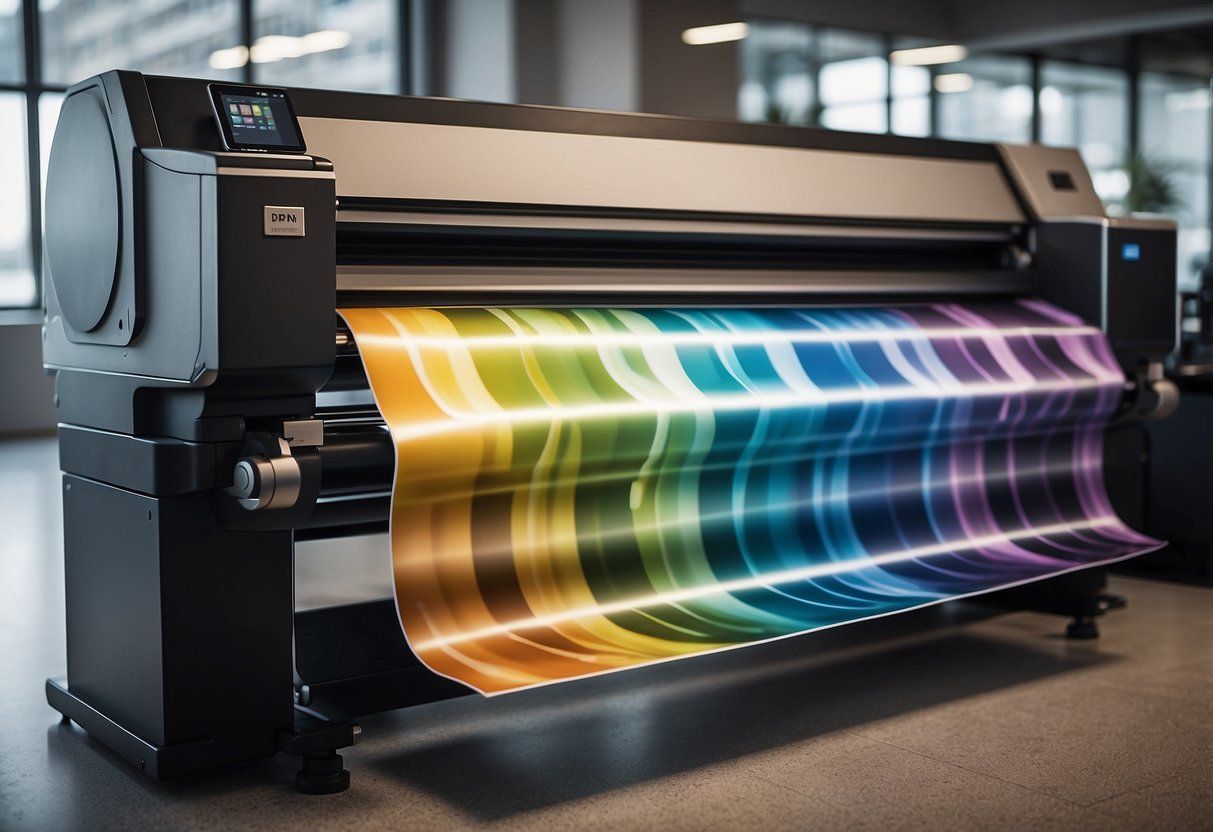
When choosing banner printing options, durability and intended usage are key factors. Different materials serve different purposes, especially between indoor and outdoor environments.
Indoor vs. Outdoor Banners
Indoor banners are typically made from lighter materials like vinyl or fabric. They are designed for short-term use and feature vibrant colors. These banners can last for months inside a building without fading.
Outdoor banners need to withstand various weather conditions. They are usually made from heavier, more durable materials like reinforced vinyl. These banners resist fading from sunlight and can survive wind, rain, and snow. Choosing the right banner for the right setting can extend its life.
Weather Resistance and Material Properties
The choice of banner material greatly affects its weather resistance. Outdoor banners often use heavy-duty vinyl, which repels moisture and resists tearing. Some banners come with UV protection to minimize fading from sunlight.
Materials like mesh vinyl allow wind to pass through, reducing the chance of damage in high winds. For indoor use, lighter materials can still be durable but should not be exposed to water. Knowing the properties of these materials helps ensure that the banner remains functional and attractive, whatever the conditions.
Banner Size and Placement
Choosing the right size and placement for banners is crucial for visibility and effectiveness. Different types of banners serve various purposes, and understanding their specific uses helps in making the best selection.
Table Banners and Displays
Table banners are a great choice for events and trade shows. They are usually smaller and easy to set up. Common sizes for table banners are 24” x 72” or 30” x 60”. They can sit on tables, providing height without taking up too much space.
These banners often include graphics, logos, or messages that attract attention. Place them at eye level for the best visibility. Adding lighting can enhance their impact, making the graphics stand out even more.
Building Banners and Billboards
Building banners and billboards are designed for outdoor visibility. These banners can be very large, often measuring 10 feet by 30 feet or more. They are typically used on buildings or along roads to reach a wide audience.
Placement is key for these banners. They should be positioned where traffic is highest, like busy intersections or on the sides of buildings. Consider factors like lighting; bright lighting can help the banner be seen at night.
Stand and Step and Repeat Banners
Stand and step and repeat banners are popular for events like red carpet ceremonies or photo ops. These banners usually feature a repeated logo design or a specific message. Standard sizes include 8 feet by 8 feet or larger.
They are mounted on stands and should be placed where people will gather. This encourages pictures, ensuring logos or messages are visible in photos. Good lighting is also important, as it highlights the design in various environments.
Cost and Production Details
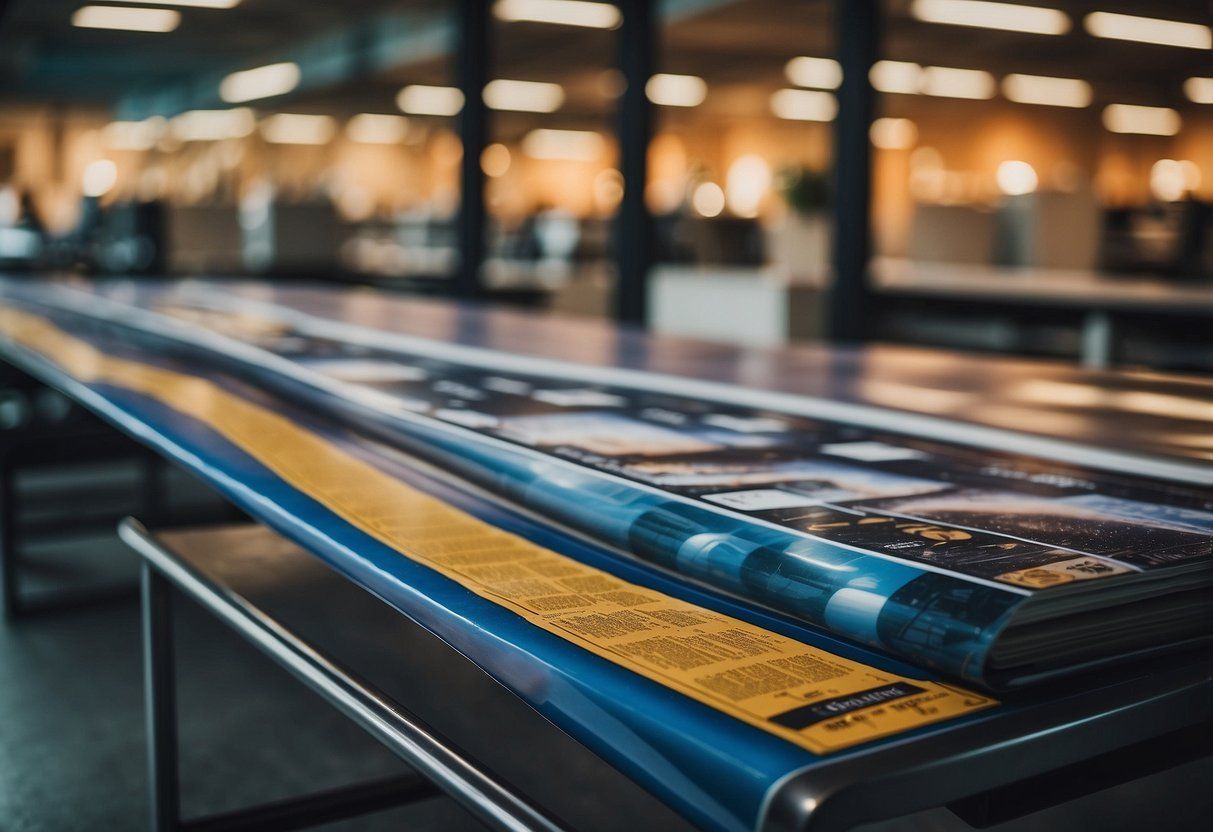
Several factors influence the costs involved in banner printing, including materials, production methods, and finishing options. Understanding these can help with effective budgeting and ensuring quality throughout the process.
Printing Costs and Budgeting
When budgeting for banner printing, costs can vary based on size, material, and quantity. Common materials include vinyl, fabric, or mesh, each with unique pricing. Larger banners typically cost more due to additional material and production time.
Here are some key factors in pricing:
- Size: Bigger banners require more material, increasing costs.
- Quantity: Ordering in bulk often lowers the per-unit price.
- Material: Vinyl is usually more affordable than fabric or mesh.
It’s vital to get quotes from multiple printers to find competitive pricing. This helps ensure that the project stays within budget while meeting quality standards.
Finishing Options: Hemming and Bleed
Finishing options play a significant role in the final look and durability of a banner.
Hemming is the process of folding and sewing the edges to prevent fraying. This is especially important for outdoor banners. It can add to the overall cost, but it enhances the banner’s lifespan.
Bleed refers to extending the design beyond the banner’s edge. This ensures there are no white edges after cutting.
- Benefits of bleed include:
- A polished, professional appearance.
- Flexibility in design layouts.
Choosing appropriate finishing options influences the banner’s longevity and visual appeal.
Quality Control and Defects
Ensuring quality in banner printing involves checking for defects at every stage. Common defects include misaligned images, color inconsistencies, and blemishes.
Quality control measures should include:
- Proofing designs before printing, ensuring accuracy.
- Inspecting materials for flaws before production begins.
- Conducting final checks on printed banners for any visible defects.
Timely detection of issues helps avoid wasted materials and extra costs. Implementing a reliable quality control process ensures a professional outcome and enhances customer satisfaction.
Banner Usage for Events and Marketing
Banners are crucial tools for promoting and enhancing visibility at various events. They communicate messages directly and attract attention. Different situations require specific types of banners to maximize impact.
Trade Shows and Conferences
At trade shows and conferences, banners play a vital role in branding and attracting visitors. Companies often use large, eye-catching banners that display their logos, products, and services.
Key elements for consideration:
- Size: Tall, vertical banners can stand out in crowded spaces.
- Content: Use clear messages with minimal text to ensure easy reading from a distance.
- Design: Bold colors and graphics should represent the brand effectively.
Banners can also guide attendees to different booths or sessions. They create a cohesive visual identity for the event, making the experience memorable for visitors.
Product Launches and Sales Promotion
For product launches and sales promotions, banners can drive customers’ attention toward new offerings. They should highlight the product’s benefits and any special promotions.
Effective strategies include:
- Location: Position banners where they catch the most foot traffic, like entrances or near checkouts.
- Appeal: Use vibrant colors and engaging designs to attract customers.
- Calls to Action: Include phrases like “Limited Time Offer” or “Try it Now!” to encourage immediate action.
These banners help to create excitement and draw in shoppers, often leading to increased sales and a buzz around new products.
Festivals and Family Reunions
Banners are also popular at festivals and family reunions. They help to celebrate themes, provide information, and enhance the festive atmosphere.
Consider the following aspects:
- Personalization: Custom banners can feature family names or event themes.
- Informational: Use banners to provide schedules or directions.
- Decoration: Bright and festive designs can enhance the overall experience.
At these gatherings, banners serve not just as signs but as part of the décor, making the events more enjoyable and organized for attendees.
Selecting a Banner Printing Service
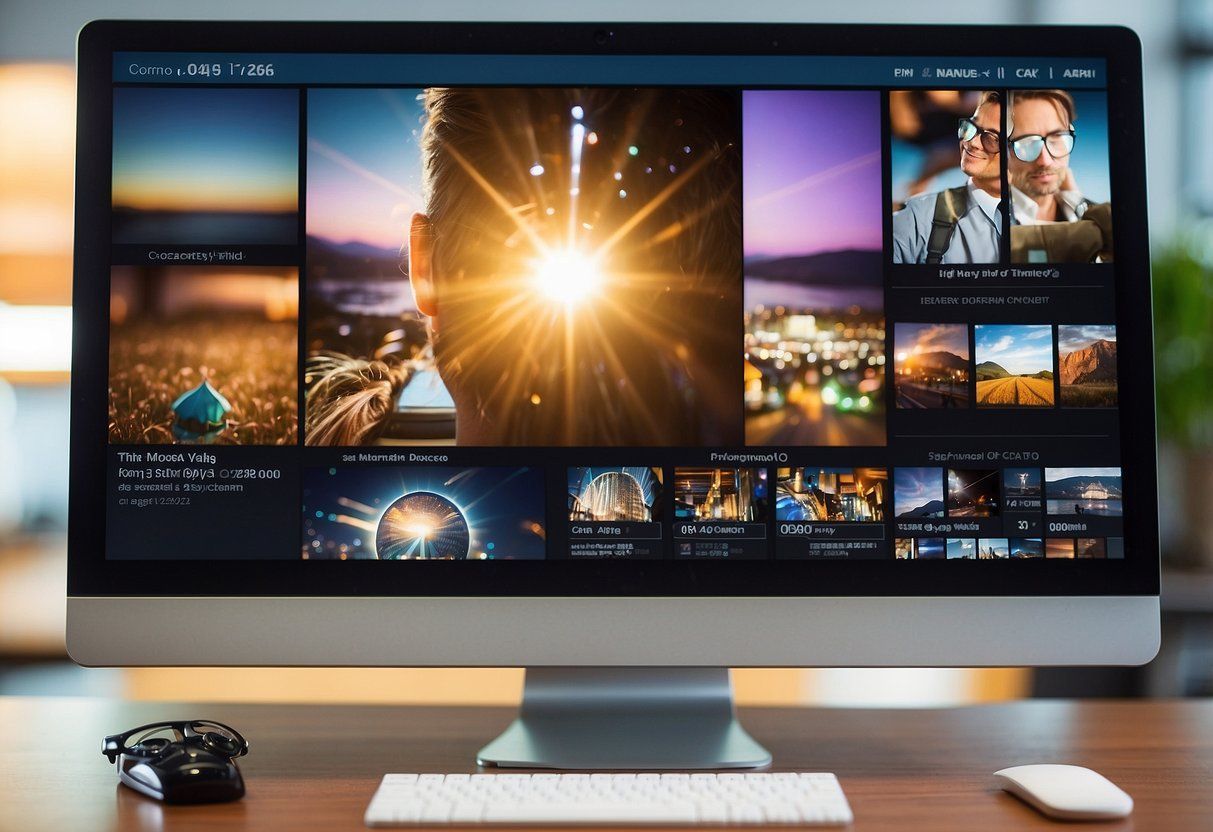
Choosing the right banner printing service is crucial for achieving quality and satisfaction. Key factors include deciding between local and online services, assessing customer support, and understanding payment and delivery options.
Local vs. Online Services
Local banner printing services provide the advantage of face-to-face communication. Clients can discuss their needs directly with the service provider. This can help clarify ideas and ensure that details are understood correctly.
On the other hand, online services offer convenience and often lower prices. They provide easy access to a wide variety of designs and printing options. Many online services also feature design tools that allow users to create custom banners from home.
When selecting a service, consider what is more important: personal interaction or convenience.
Customer Service and Support
Good customer service is vital when working with banner printing services. A responsive team can help with design questions or issues that arise during the order process.
Clients should look for services that offer support through multiple channels, such as phone, email, or live chat. Timely responses can make a big difference, especially if there are tight deadlines.
Checking reviews or asking for recommendations can also give insight into a service’s customer support. A company that values its customers tends to improve overall satisfaction.
Payment and Delivery Options
Understanding payment methods is essential when selecting a banner printing service. Many services accept credit cards, PayPal, and other online payment systems. This variety can provide convenience for different users.
Delivery options should also be considered. Some services offer standard shipping, while others may provide faster options for urgent needs. Knowing the costs and time frames for delivery is important for planning purposes.
Always check if the service has a clear return policy. A good return policy indicates that the company stands behind its products and values customer satisfaction.
Frequently Asked Questions

Banners can be made from different materials and printed using various methods. Size, durability, finishing, color, and resolution are all important for achieving high-quality results.
What are the various materials used for printing banners?
Common materials for banners include vinyl, fabric, and mesh. Each material has its own advantages. Vinyl is durable and weather-resistant, while fabric offers a softer look. Mesh allows for wind to pass through, making it ideal for outdoor use.
Which printing methods are most effective for banners?
Popular printing methods for banners include digital printing, screen printing, and eco-solvent printing. Digital printing is fast and allows for full-color images. Screen printing is good for large volumes and vibrant colors. Eco-solvent printing uses environmentally friendly inks, suitable for both indoor and outdoor banners.
How do banner sizes and formats affect printing quality?
The size and format of a banner can impact its clarity and visibility. Larger banners require higher resolution images to maintain quality. A well-planned format helps ensure the text and graphics are easy to read from a distance.
What are the durability considerations for outdoor banners?
Outdoor banners need to withstand various weather conditions. It is important to choose materials that are UV-resistant and waterproof. Lamination can further protect the banner from fading and damage.
How do different finishing options impact the use and longevity of printed banners?
Finishing options such as hems, grommets, and pole pockets can enhance a banner’s usability. Hems help prevent fraying, while grommets provide strong attachment points. Pole pockets allow for easy hanging, increasing the banner’s lifespan.
What are the color and resolution guidelines for high-quality banner printing?
For clear and vivid banners, high-resolution images are necessary. A resolution of at least 150 DPI is recommended for indoor use, while 300 DPI is ideal for outdoor banners. Choosing the right color model, like CMYK, ensures accurate color reproduction during printing.…
